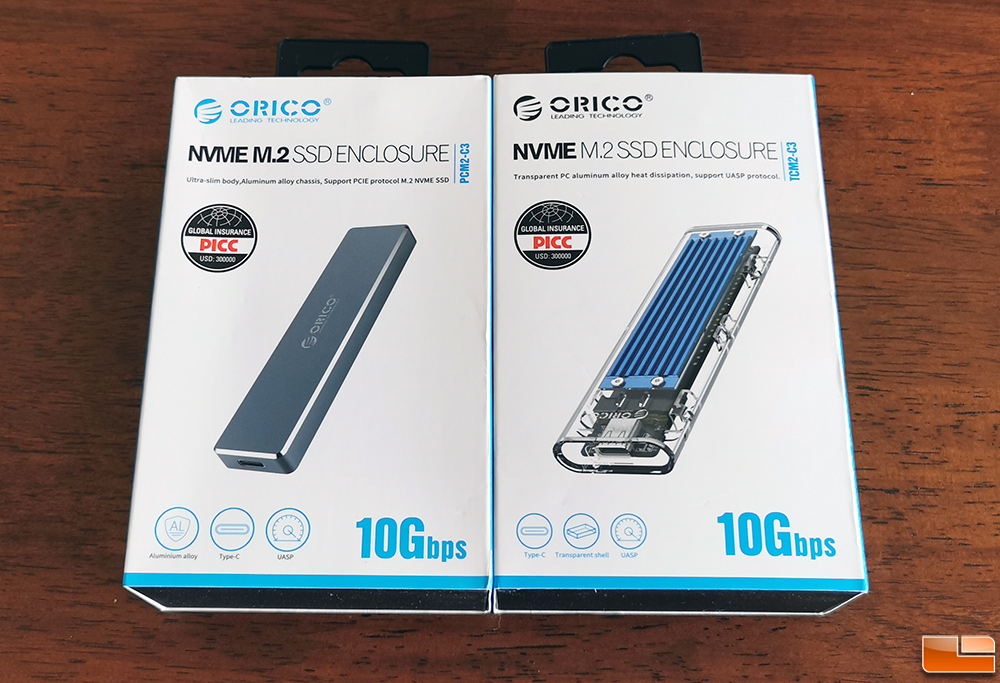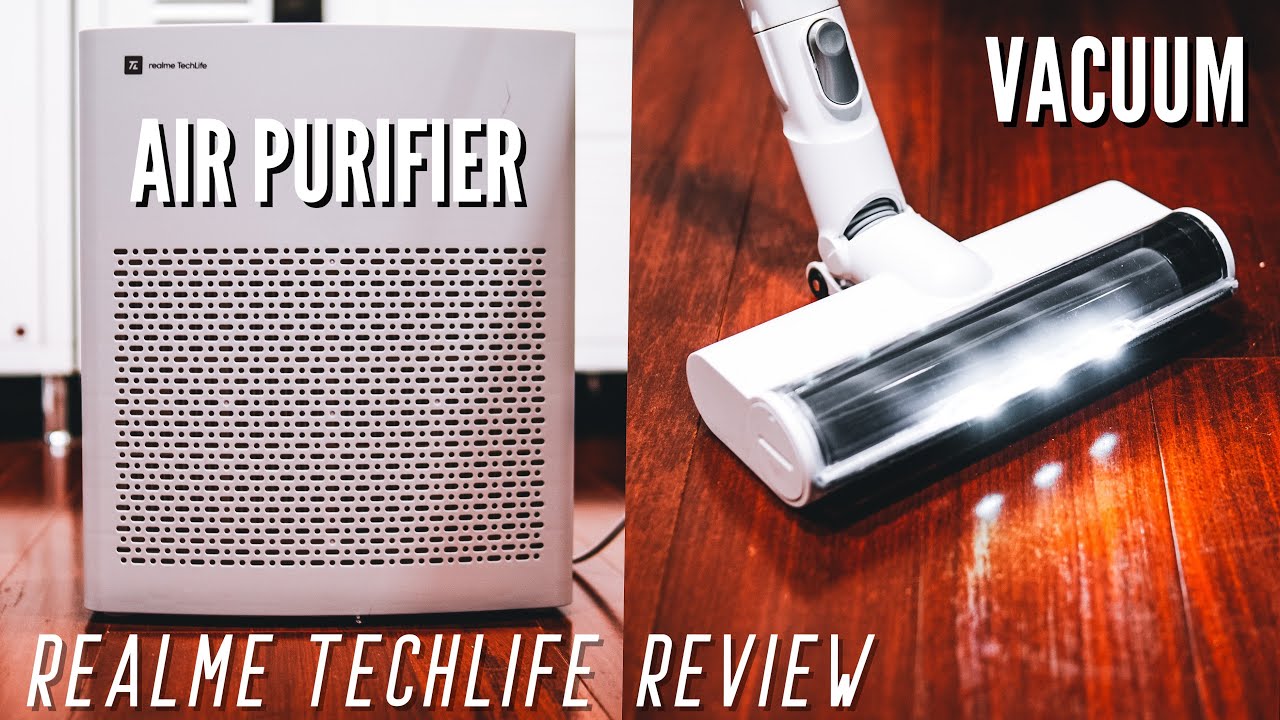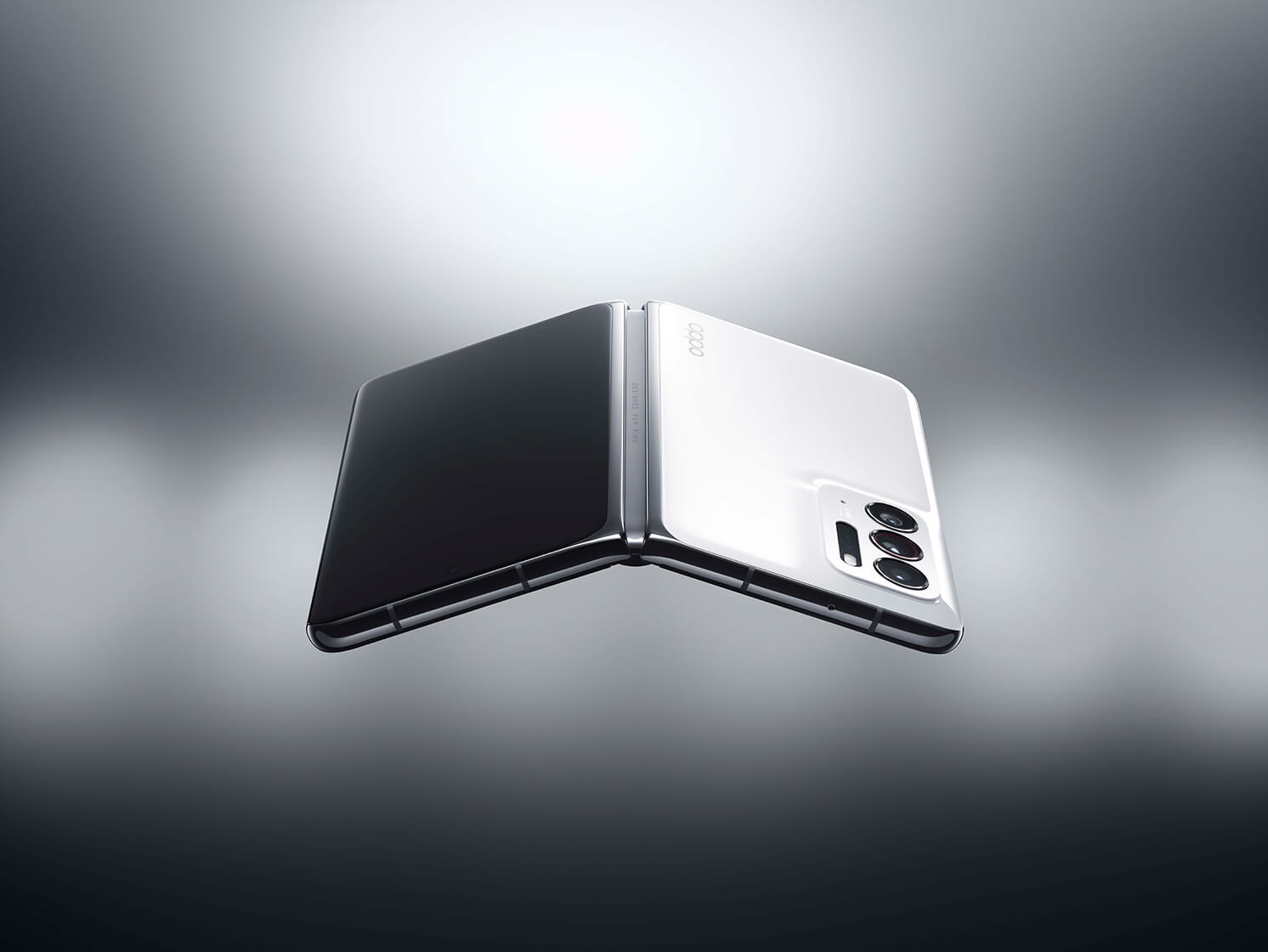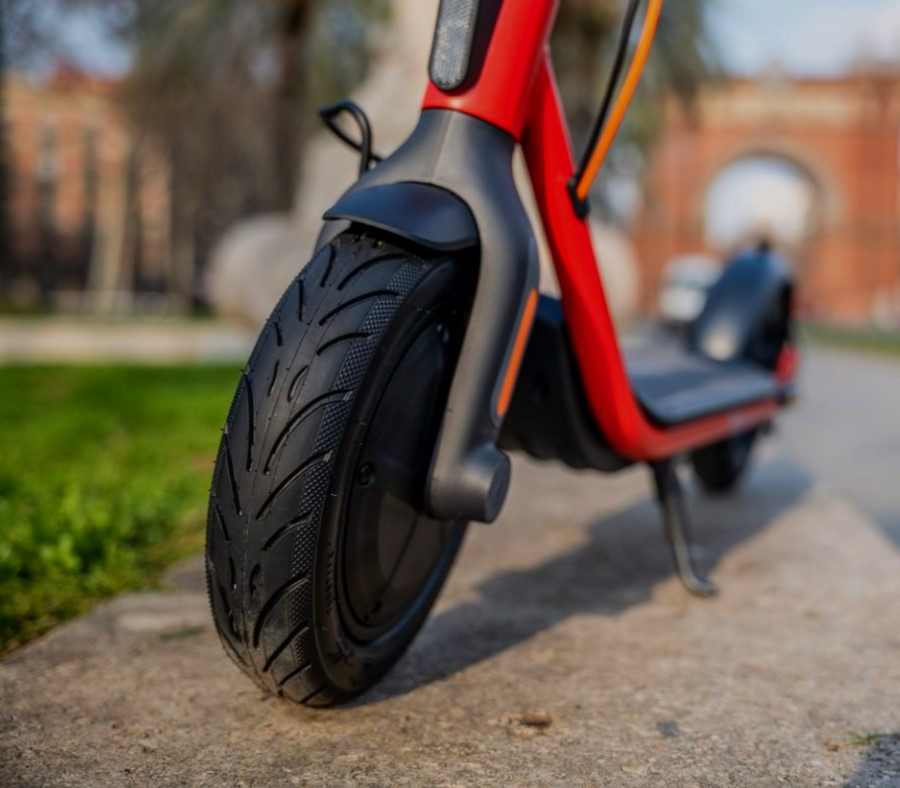
hey everybody its la inside bin and today we’re taking a look at the pluggable solid-state drive kit this is a do-it-yourself thing where you can take an nvme Drive like this one and make your own external drive out of it this enclosure is tool free and works with any nvme SSD and you should get pretty decent performance because it does support USB 3.1 gen2 and in this video we’re going to install this Lexar drive that I looked at a little while back because I’ve got it’s disk mark benchmark score from when I tested it inside a computer so we’ll be able to compare how it performs in this enclosure versus how it performs normally when it’s installed inside a PC so we’re going to have a lot of fun here with a little do-it-yourself stuff going on I do want to let you know in the interest of full disclosure that the enclosure here came in free of charge from pluggable and the drive here came in free of charge through the Amazon vine program however all the opinions you’re about to hear are my own nobody is paying for this review nor is anyone reviewing or approving what you’re about to see before it was uploaded so let’s get this thing unboxed and installed to drive and see how
it works so let’s take this thing out of the box and see what is inside we’ve got some documentation here which we’ll look at if we need to a little notice here to get a review going and this is the driving closure itself and again this is tool list so you don’t need to have any screwdrivers or anything on hand here and it looks like we need to use this switch here in the back to unlock everything it appears as though this part is metal so it’s got a little bit of a heatsink in there what I don’t see is any kind of thermal pad on this so it looks like maybe that might be in the box so let’s see yep there is a thermal pad here now you probably want to use these thermal pads on your nvme SSD to help heat transfer from the drive to the external case I would definitely recommend installing those and using those on your drive you might want to find a few more of these if you do plan the swap drives in and out this is not all that expensive it’s about $60 and sometimes you can find it for less so you might just buy a couple of if your intent is to use a bunch of drives with it also in the box we have a couple of USB C cables we’ve got a USB C two USB C and a USB C the USB a which is great so they’re not using any crazy adapters here you’re getting two distinct cables in the Box that should help quite a bit there and I think that is it for what’s in the box and it looks like you don’t need to even screw the drive in it’s got a little rubber gasket here with a little slot that the drive will kind of push into I believe so we’re gonna give this a shot when we install this drive and let’s go to our overhead view here and have a look at how this goes in and let’s see here let’s open this up and pop this in so what we’re gonna do is just
align the drive here with the pins and then push it down so just pop it in like that and then push it down over the rubber thing here and it looks like we are installed alright so what we’re gonna do now is install the thermal pads on the drive and I’m just going to place them on top of the chips here and again these will transfer heat from the drive to the case and you’ll get a little better performance out of your drive because typically these drives run a little hot and a lot of them will throttle themselves they’ll slow down if they’re not cooling off properly and just put that on like that and now we’re going to just reassemble the case here and it might require a little bit of juggling here just to make sure you actually look it looks like it fits pretty nicely in here so it is able to go right over those stickers there and then when I push this shut you’ll hear it click so it locks in and then you can’t open it back up again unless you flick the switch that way so there you go so now the installation is complete a pretty simple process here and now we’re ready to plug it into the PC and run a benchmark on it alright so i’ve got the drive here connected to my computer’s thunderbolt port this is not a thunderbolt drive it’s USB but Thunderbolt ports are compatible with USBC and I know that this port is the fastest one that I have on this particular computer so this one supports USB 3.1 gen2 which supports a theoretical bandwidth of 10 gigabits per second there are other ports that you might find on your computer or perhaps even the same ones that I have that don’t support the gen 2 standard and will run at half of that maximum bandwidth so you really need to look at your computer’s manual and see
what ports you’ve got and then if you’ve got a Gen 2 port plug the drive into that Gen 2 port to get the best performance now what I want to show you is a benchmark that I ran on the drive here with the nvme that we just installed and as you can see here we’re reading and writing at a just over 800 megabytes per second and that’s equivalent to about 6.4 gigabits per second so we’re going beyond the base USB five gigabit speed and definitely making use of that Gen 2 bandwidth that we have available for us here but we’re not using all of it so you’re not going to get that full 10 gigabits but it looks like we’re getting close to that and what I wanted to do here was pull up a test that I ran on the same drive earlier when it was plugged into the PC directly in one of those nvm e slots that you have on your motherboard and as you can see here the performance is very different just because even though this is the fastest USB available we don’t have all of the bandwidth and ability to transfer as much data as we would if it was installed directly so you can see here the sequential reads and writes are much lower than this drive is capable of we’re also seeing a drop-off in performance on its random reads and writes but it’s not doing bad in fact this drive right now as configured is doing better than a lot of off-the-shelf external USB SSDs so we’re getting really good performance here but again not as good as what the drive can really do if it was plugged directly into a motherboard so overall is a pretty nicely performing enclosure here for a USB Drive it won’t give you the same performance that the nvme drive
again would do inside of the compute but it is good for what it is and it’s a potentially more affordable way to make your own high-performance external SSD and you can of course go around and shop for the lowest price devices that you might want to find if you’re on a budget it will get warm to the touch that’s because you’ve got the heatsink here built into the case nothing to be alarmed about most of these drives will keep themselves cool and remember this only works with nvm em2 drives you might see drives out there called m2 sada those will not work with this just the m2 nvme drive so choose carefully but the good news is the nvme drives are the highest performing ones out there so not a bad little device here I like the fact that it’s tooless and very easy to get into so that’s good you’ve got a little Drive indicator light there as well so all together a nice little package here great for IT pros that are constantly moving data around a great way to maybe image a small capacity SSD to a larger one those are kind of the things that I would do with this and again having it being completely toolless is a great way to get all of that done that’s going to do it for now until next time this is Lian Simon thanks for watching this channel is brought to you by the lon TV supporters including gold-level supporters the four guys with quarters podcasts Tom Albrecht Rick astute Oh Chris Allegretto in Cali an Kumar if you want to help the channel you can by contributing as little as a dollar a month head over to LAN TV slash support to learn more and don’t forget to subscribe
Read More: Review Mega Everdrive Pro Flash Cart for Genesis / Mega Drive – Supports Sega CD & Mega CD !


